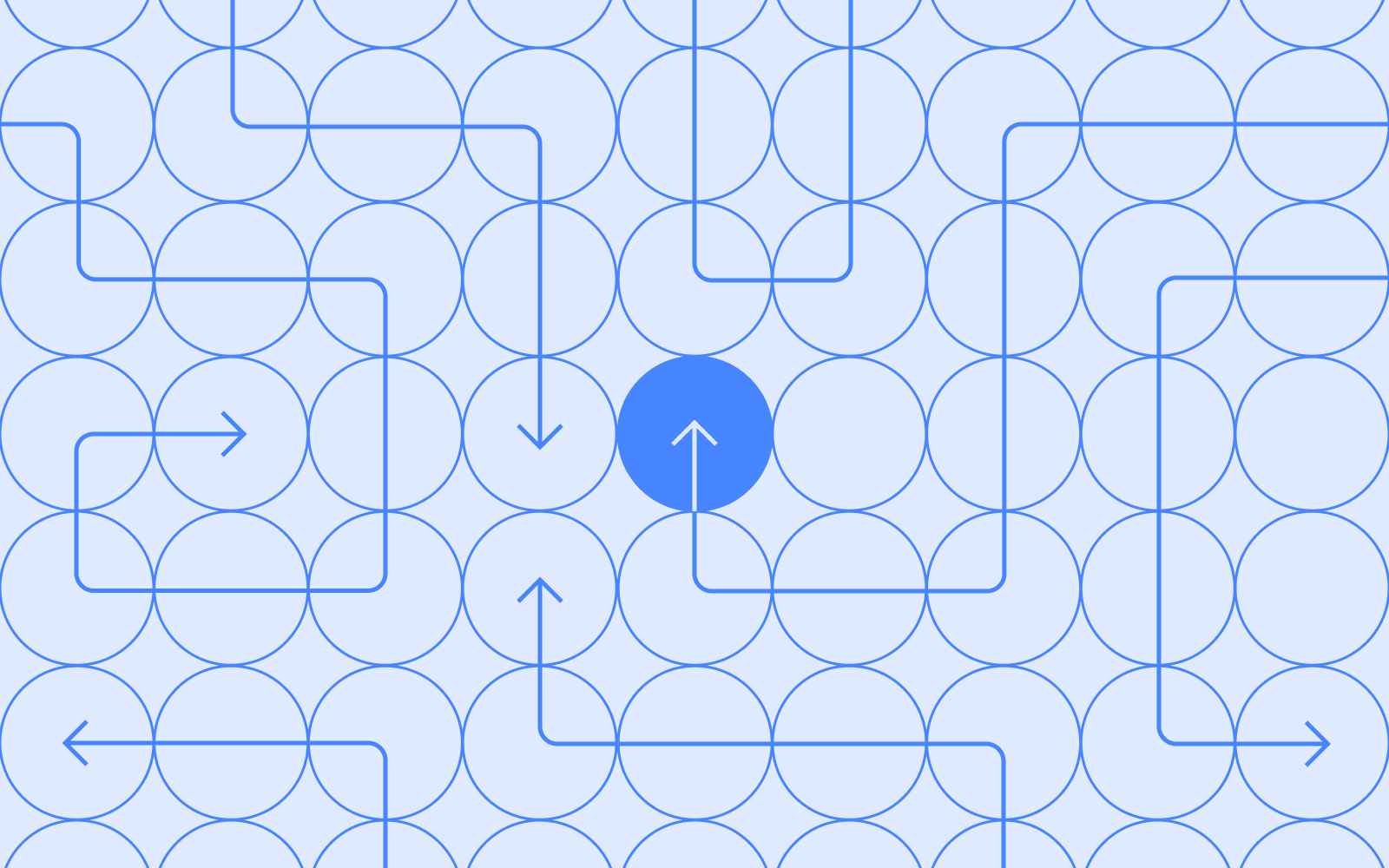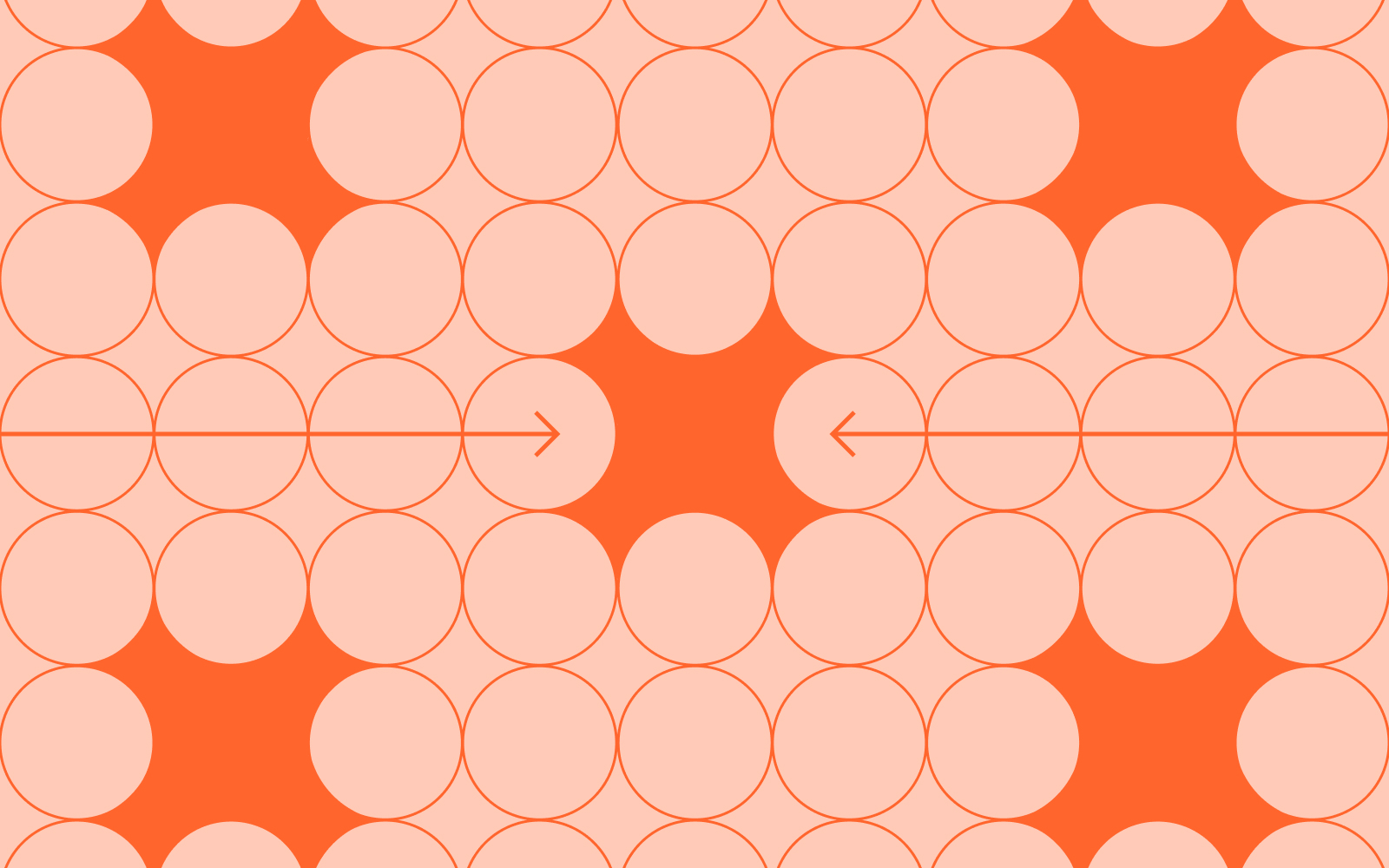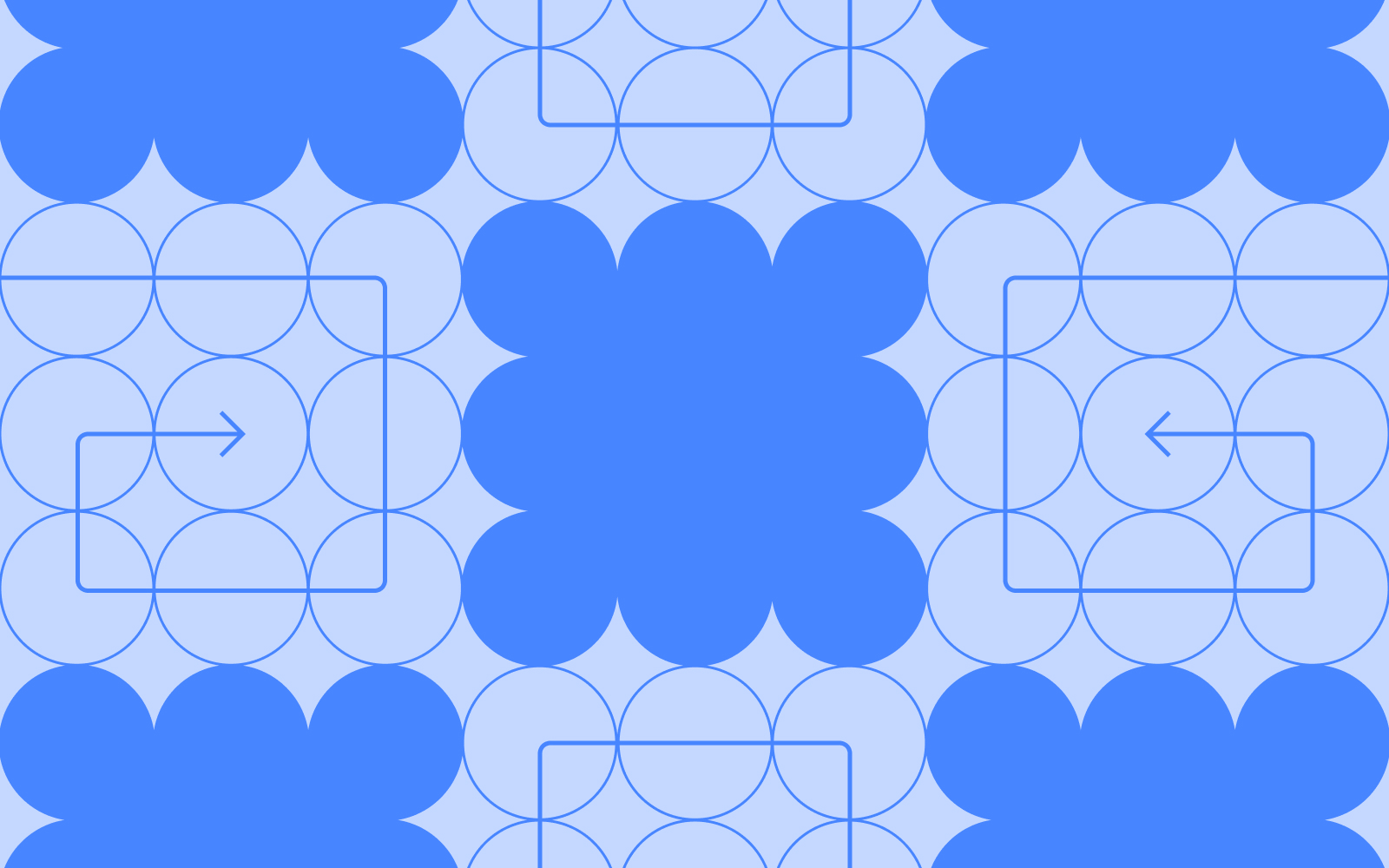It doesn’t matter how brilliant your research is, or how profound the insights are, if those findings never influence decisions. Every researcher has experienced it: you uncover game-changing user needs, document them beautifully, present them compellingly, and watch them disappear into a research blackhole.
While most companies invest significantly in user research, the majority of insights never impact product decisions. Research becomes a check box activity, not a driver of action and the problem isn't usually the quality of the research. It's in understanding how to turn those insights into action.
Why research sits unused:
- Research findings are presented in the wrong format. A 40-page research report requires dedicated reading time that product managers don't have.
- If research takes too long, the research findings can arrive after decisions are made. The team has already committed to a direction, and contradictory research becomes an inconvenient truth easily ignored.
- Sometimes researchers struggle to translate their findings into actions product teams understand. Researchers say "Users struggle with task completion due to cognitive load." Product managers need "If we simplify this flow by removing these three steps, we'll increase conversion by X%."
- Research can often be problem focused, not solution oriented. Research identifies problems but doesn't propose solutions. Teams agree there's an issue but they have no clear path forward.
Alternatively, when research findings are delivered in an action-oriented way, it starts with the conclusion, not the methodology, it answers the question “So what?” at every stage, and it states the business impact before the user impact.
Instead of: "We conducted 12 user interviews to understand onboarding experiences..." research findings like this result in statements like: "We can increase trial conversion by 35% by removing two steps from onboarding."
So, how can you make research findings more actionable?
- Ensure that your researchers are deeply aligned with your product teams. Make sure they understand what product is looking for and the best way to share and deliver research findings. Getting research actioned, requires a mutual understanding of the value of research.
- Make it clear the priority level of your findings: indicate which findings need immediate action, distinguish between "must fix" from "nice to have" and connect the recommendations to business metrics.
- Provide concrete next steps: provide specific recommendations, not general direction, speak product’s language by Including effort estimates and suggest quick wins alongside strategic changes.
- Don’t underestimate the power of storytelling. Data doesn’t persuade, but stories do. The most actionable research turns insights into a narrative around the user journey and business impact. One of the best ways to do this is using video and highlight reels (see how we help with this here) which can really bring users pain points to life.
We believe that the most actionable research is designed for action from the start and that can require a shift in mindset from some research teams. Teams that want to make this shift (and that should be all of them) need to understand up front what decisions their research needs to inform and to include stakeholders early so they’re invested in research outcomes.
Research that doesn't drive action isn't research, t's expensive documentation. The goal isn't creating perfect insights but creating change. The researchers making the biggest impact aren't those conducting the most rigorous studies. They're those creating insights so clear, so timely, and so actionable that not using them feels irresponsible.



.png)



